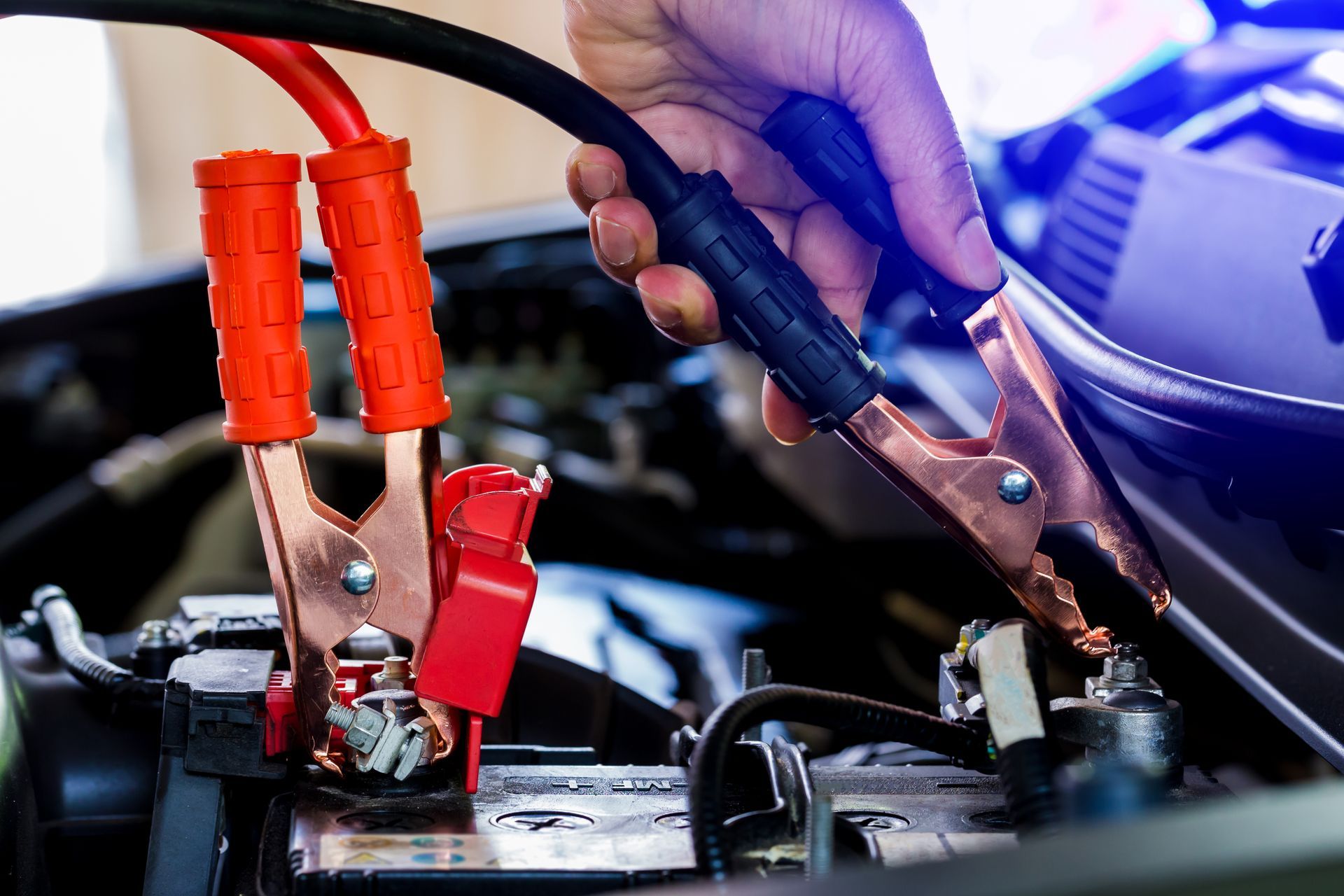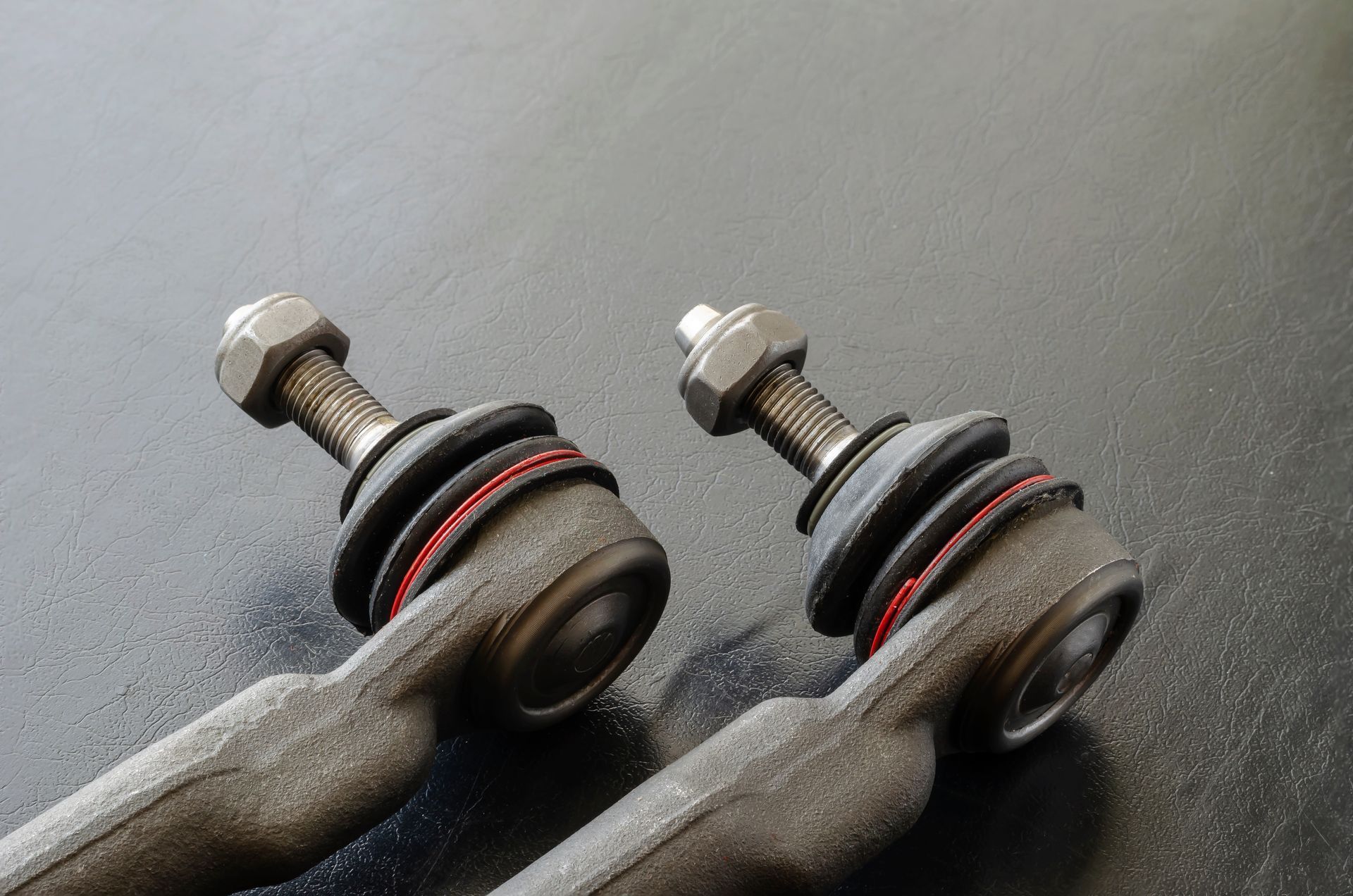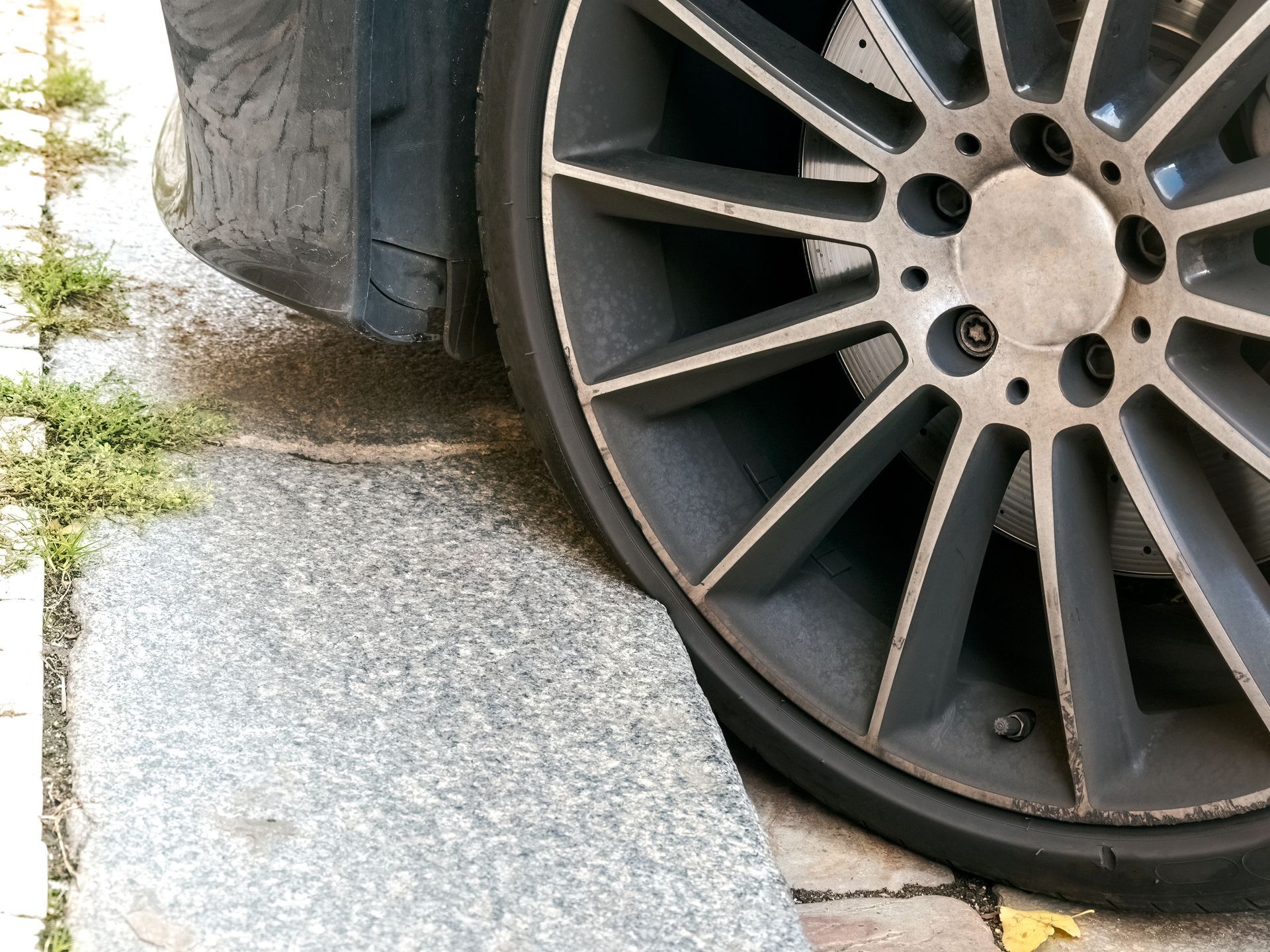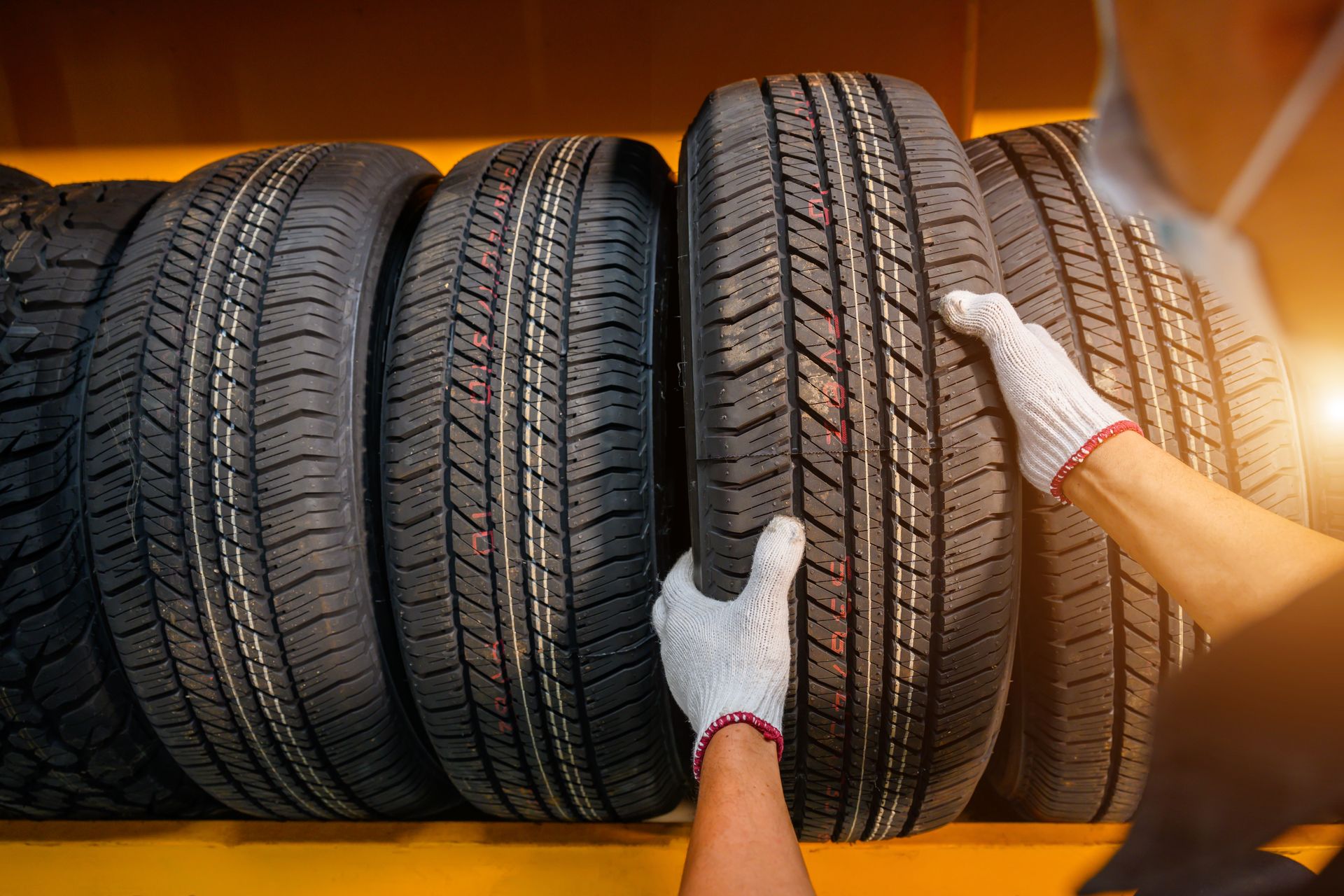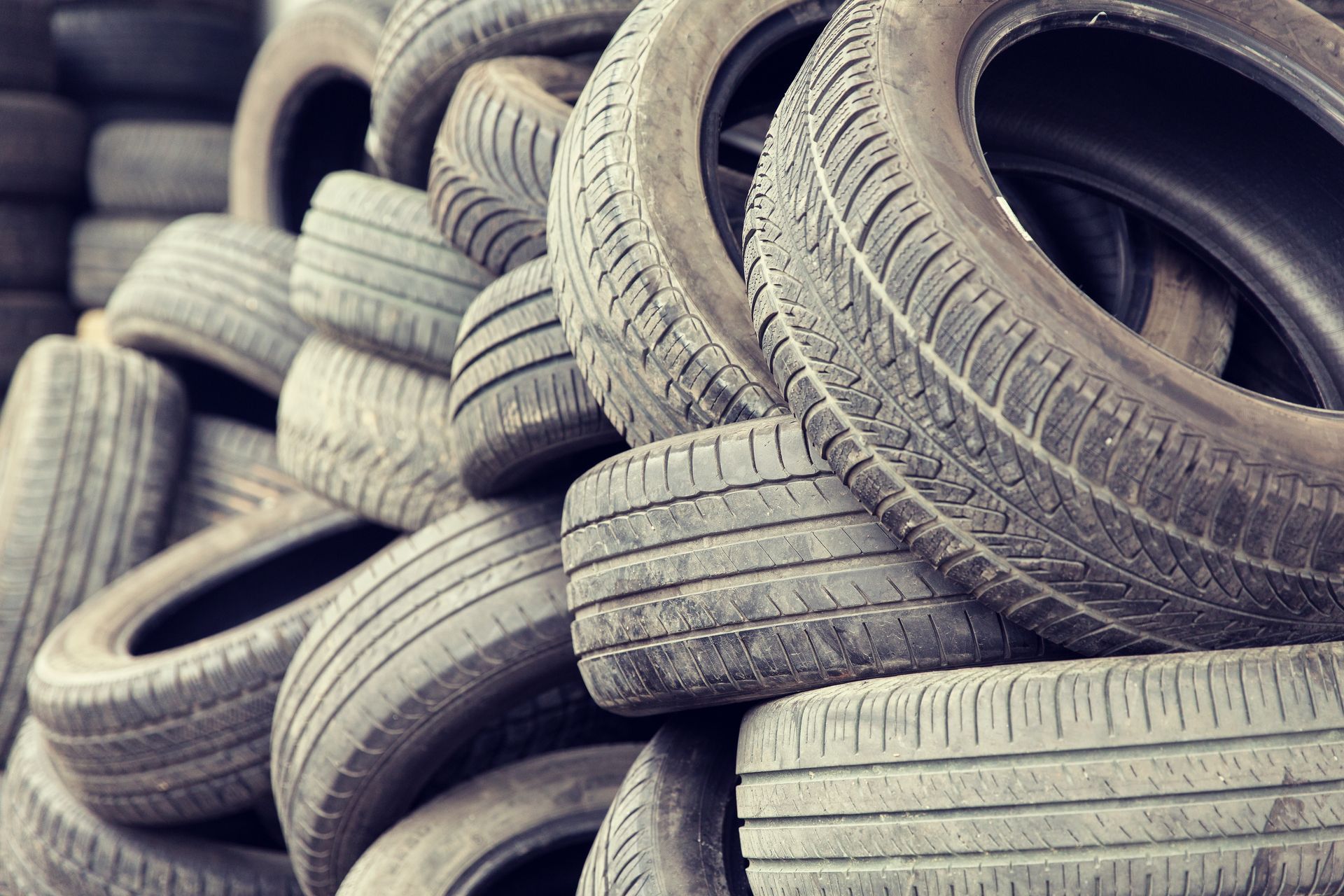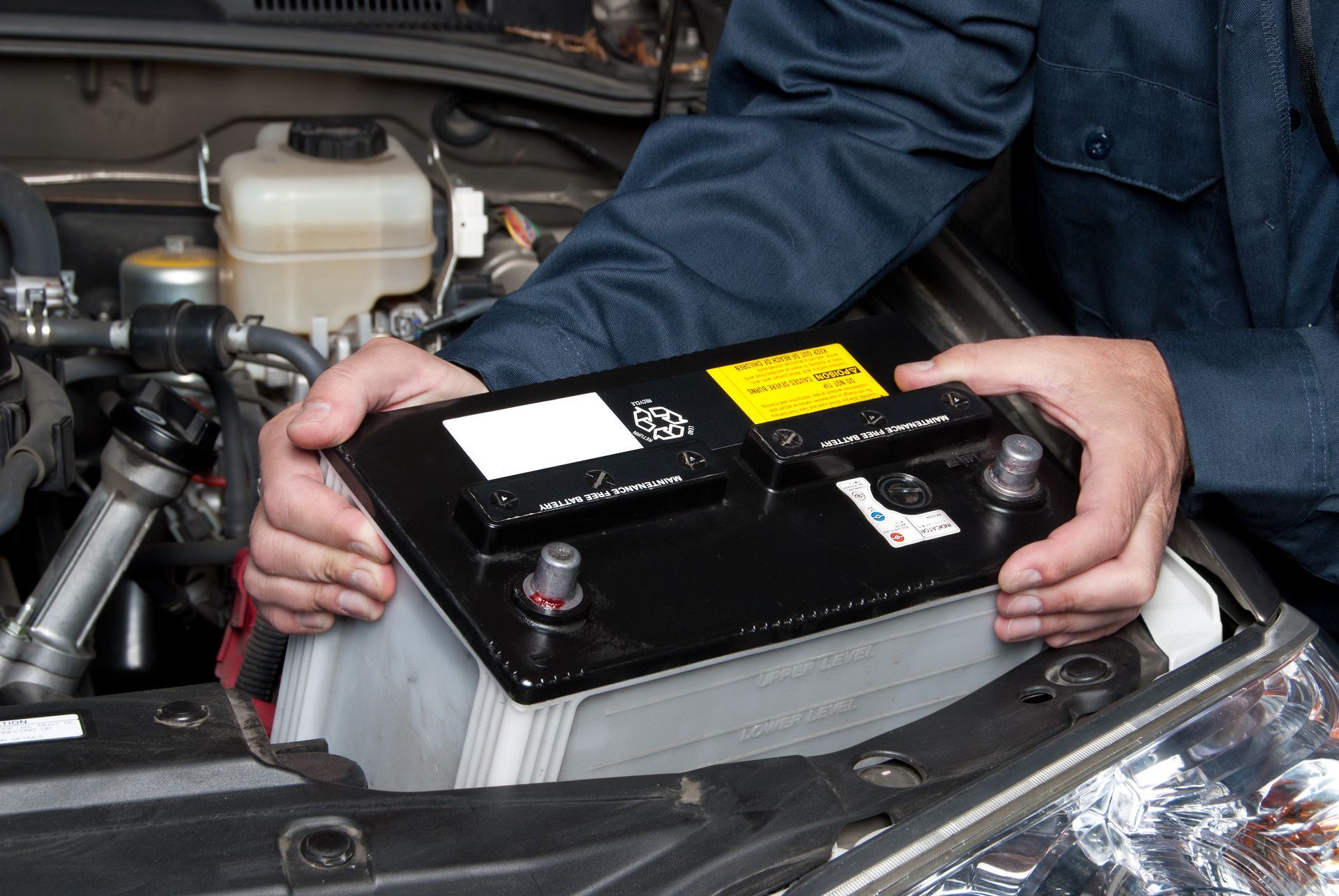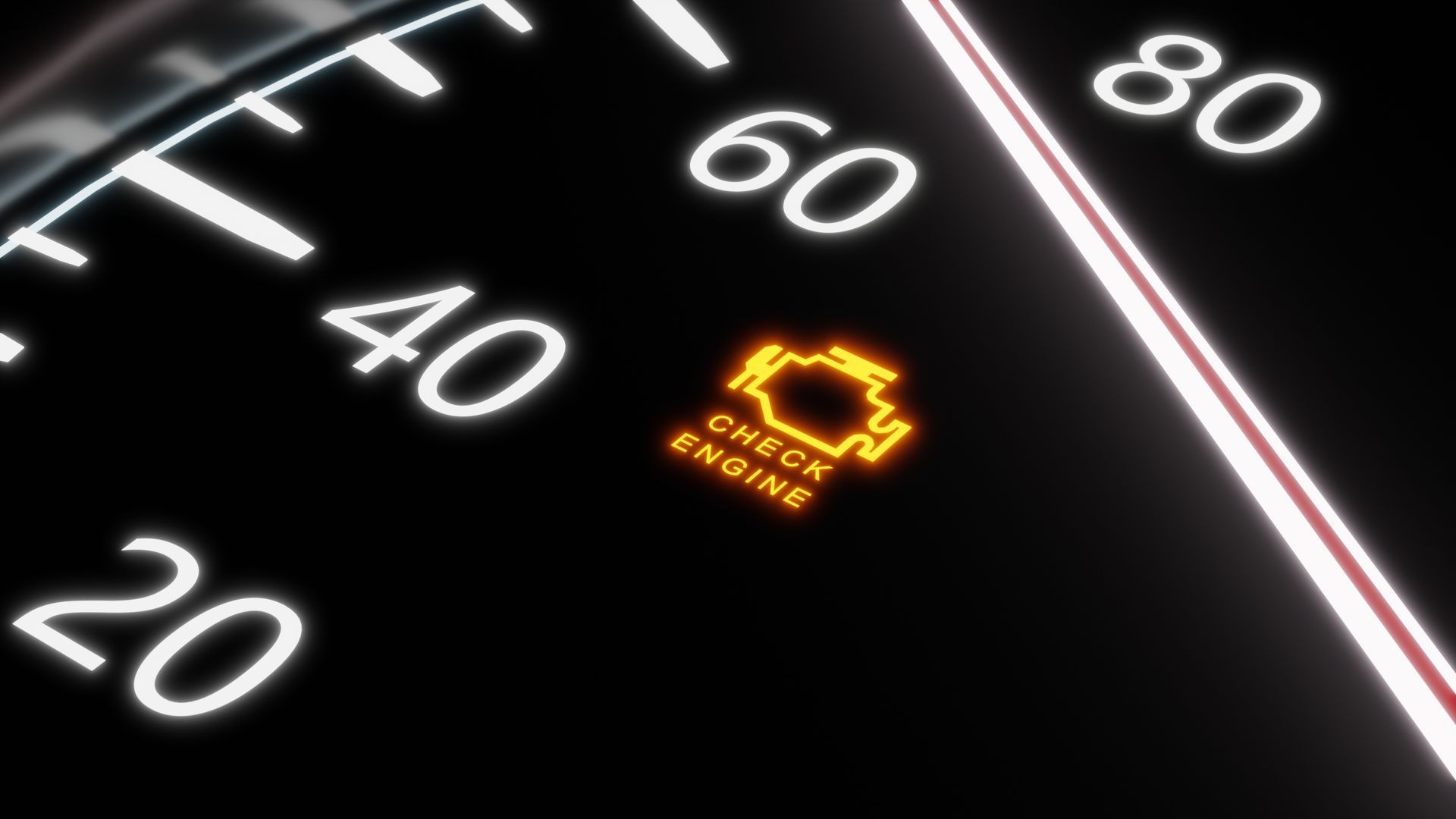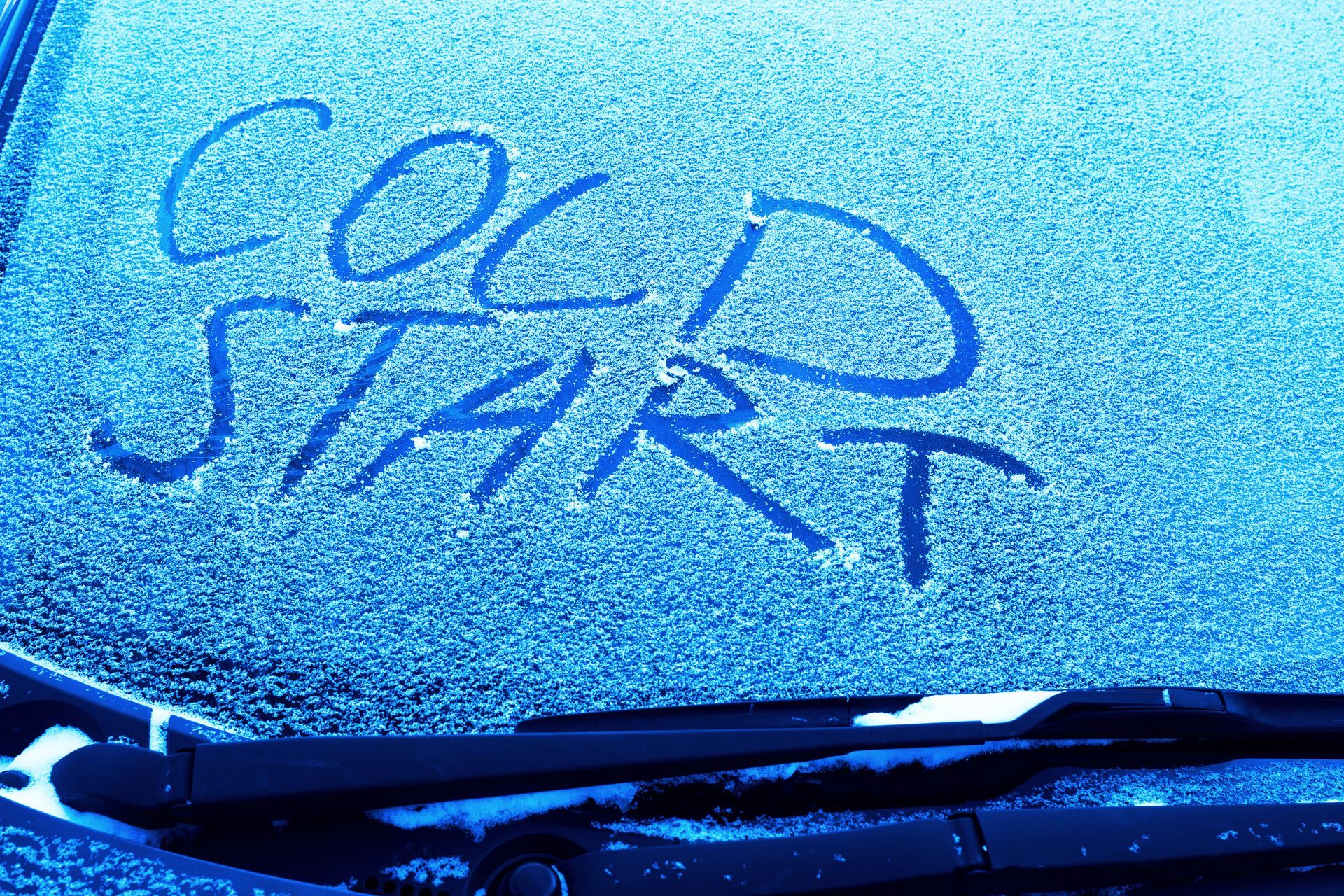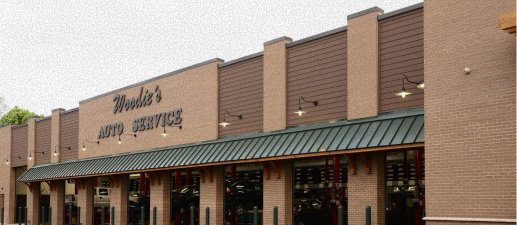How Does Tire Pressure Change With Temperature and Altitude?
April 25, 2025
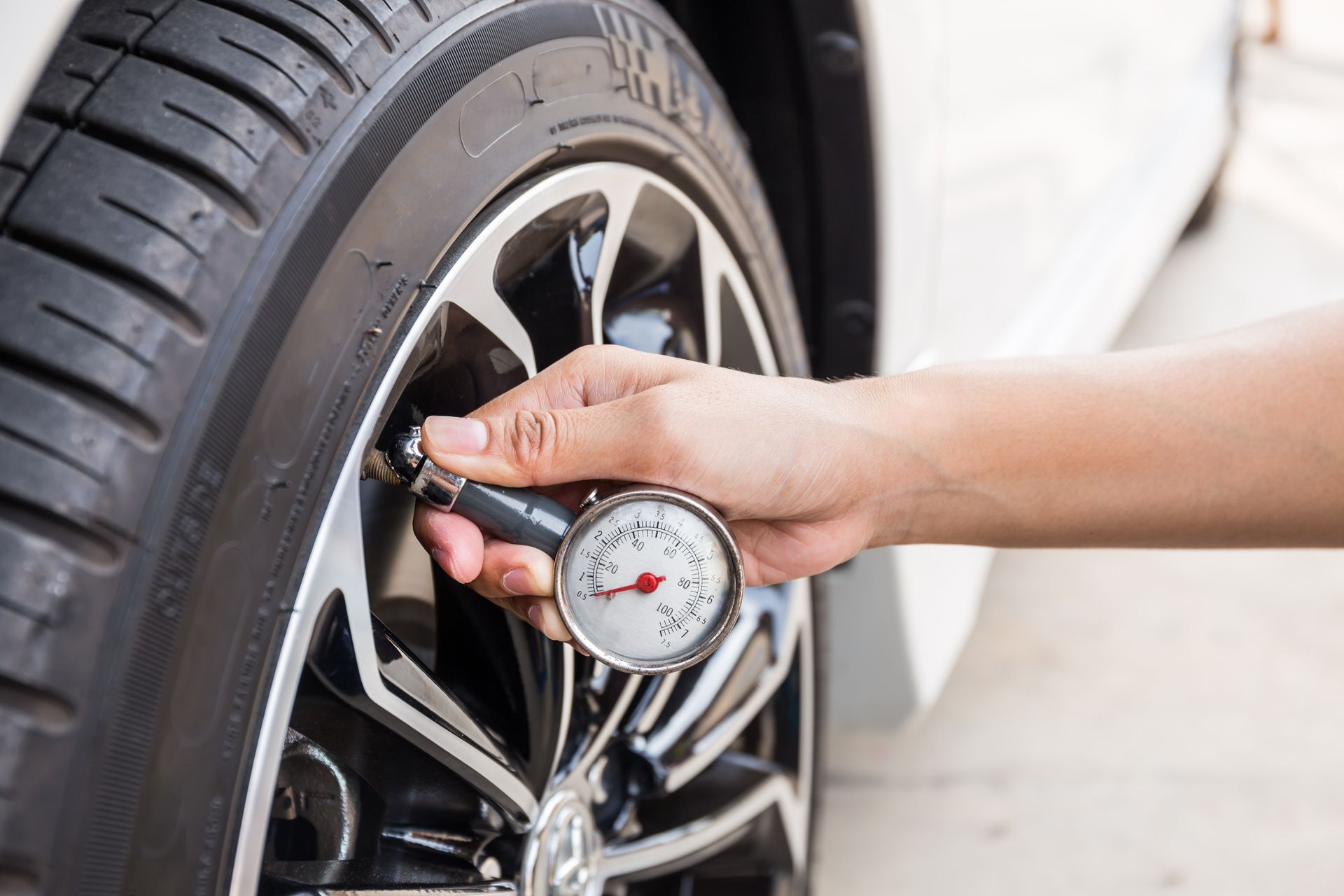
Tire pressure might not be something you think about often, but it plays a major role in how your car drives, handles, and uses fuel. What catches a lot of drivers off guard is how much things like weather and elevation can mess with it. One cold night or a drive up into the mountains can be enough to trigger your tire pressure warning light—even if your tires were fine the day before.
Knowing how temperature and altitude affect your tires can help you catch issues early, avoid unnecessary wear, and keep your car performing like it should.
What Happens to Tire Pressure When the Temperature Drops
Tire pressure fluctuates with temperature because air expands and contracts with heat. When the temperature drops, so does the pressure inside your tires. On average, you lose about 1 PSI (pound per square inch) for every 10°F drop in temperature.
That means if it was 80°F yesterday and dropped to 40°F overnight, you could lose 4 PSI in each tire without even touching the valve. Lower pressure can make your tires look slightly deflated, but the bigger issue is what it does to your car’s performance. Underinflated tires create more rolling resistance, which reduces fuel efficiency and increases wear on the tire edges. Your steering might also feel sluggish, and braking distances can increase—especially on wet or icy roads.
Even if your tires were perfectly inflated in the summer, they might be significantly underinflated when winter rolls around. That’s why checking pressure as seasons change is so important.
How Altitude Impacts Tire Pressure
Just like temperature, altitude affects air pressure—and that extends to the air inside your tires. As you climb to higher elevations, the atmospheric pressure around your tires decreases, and the internal pressure can actually read higher than it should. That’s because the lower surrounding air pressure puts less resistance on the air inside the tire, causing it to expand slightly.
So, while it might seem like your tires are fine at sea level, taking a trip into the mountains through North Carolina or South Carolina can cause them to feel overinflated. In this case, your tire pressure monitoring system might even alert you that the PSI is too high.
But here’s the tricky part: letting out air at high elevations can lead to underinflation once you return to lower altitudes. That’s why it’s usually best to leave the pressure alone unless it’s significantly over the recommended limit.
Why Consistent Tire Pressure Is Important
Whether you’re dealing with changing temperatures or driving across varying altitudes, keeping your tire pressure in the recommended range is one of the easiest ways to protect your tires and keep your car handling well.
Driving on overinflated tires reduces traction and creates a harsher ride. It can also lead to premature wear in the center of the tread. On the other hand, underinflated tires flex more as they roll, causing heat to build up, which increases the risk of blowouts—especially during highway driving.
Both scenarios shorten your tire life and put more stress on your vehicle’s suspension, alignment, and steering systems.
Tips for Staying Ahead of Pressure Fluctuations
The best way to manage changes in tire pressure from temperature and elevation is to check your PSI regularly—ideally once a month or before long road trips. Always use a quality tire gauge, and compare the reading to the manufacturer’s recommended pressure found on the sticker inside your driver’s door.
Do this when your tires are cold (before driving), as heat from the road and friction can cause readings to temporarily rise. If you live in an area where the seasons change quickly, or if you frequently travel between lowlands and mountain roads, it’s worth checking pressure more often.
If your vehicle has a tire pressure monitoring system (TPMS), pay attention when that warning light comes on. Even small changes can signal a bigger issue, like a slow leak or a puncture that needs immediate attention.
With multiple locations throughout North Carolina and South Carolina, Woodie’s Auto Service & Repair Centers offer convenient, reliable tire care and honest advice to keep your vehicle performing safely in all conditions.
